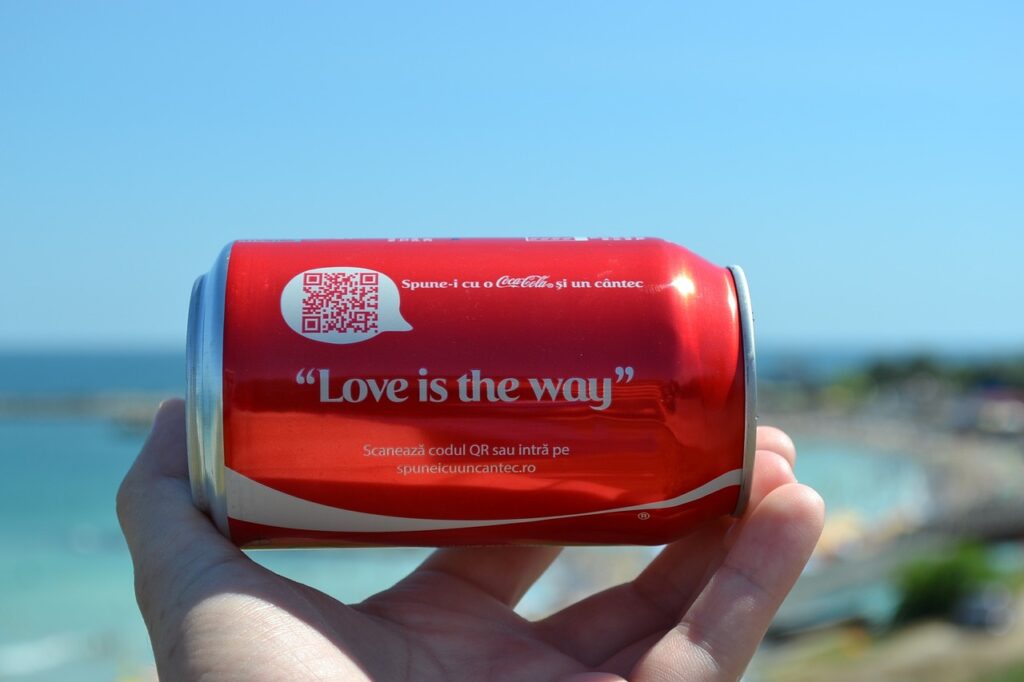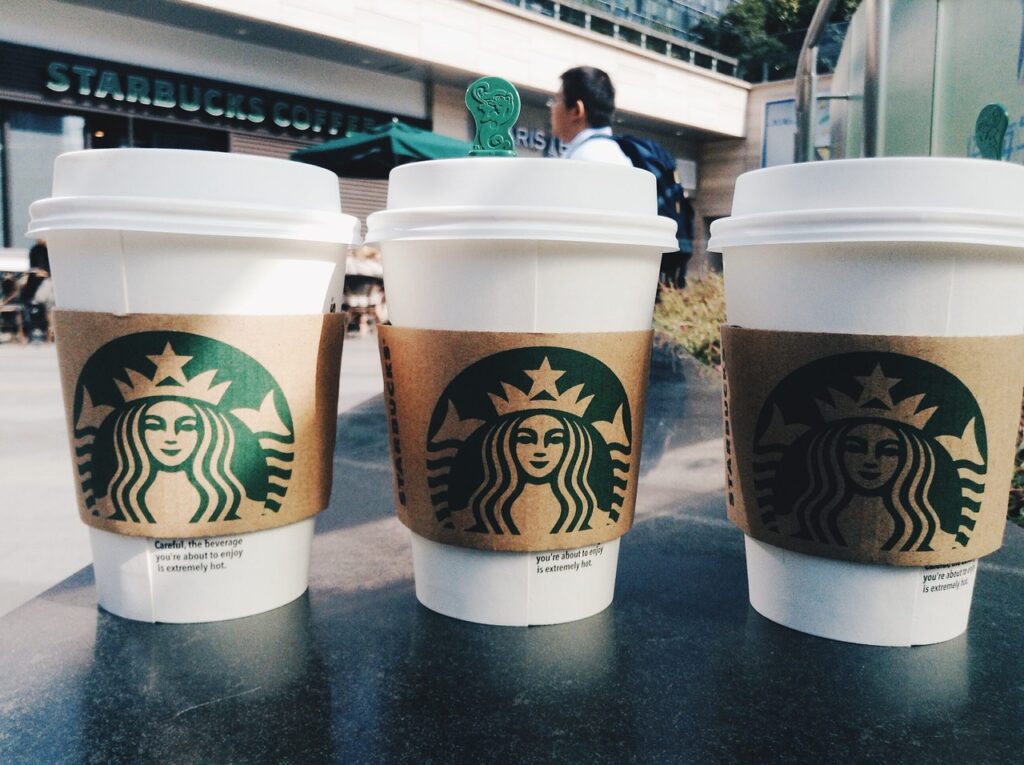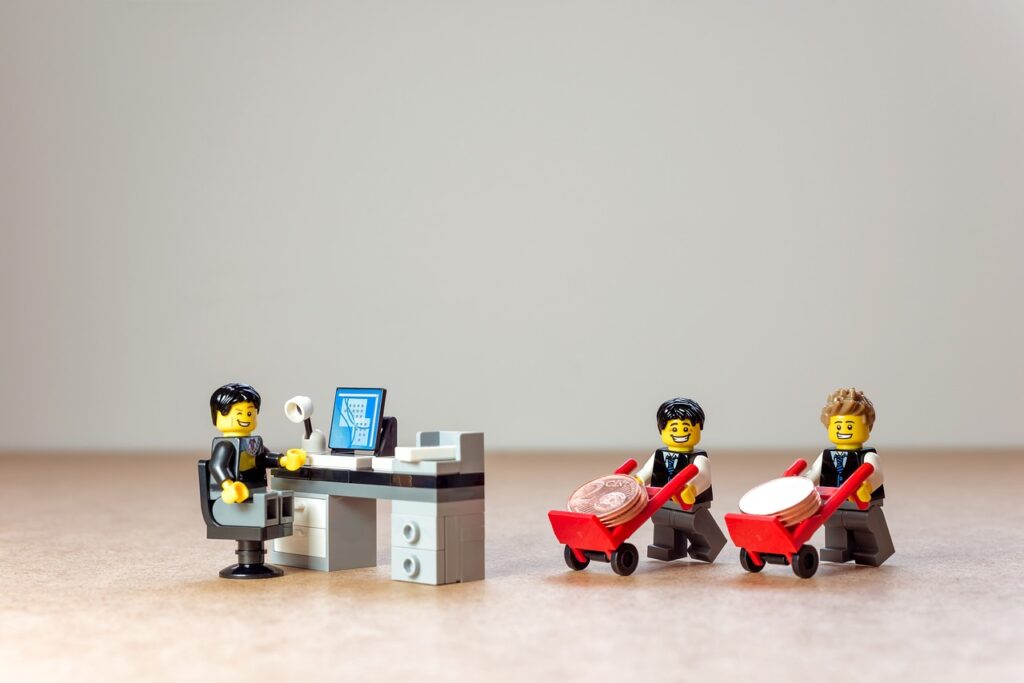
User-generated content, often abbreviated as UGC, is a catch-all term for content generated by customers or employees, encompassing images, blog posts, social media content, and other forms of social proof. What sets UGC apart is that it doesn’t originate from professional marketers but emerges organically from everyday individuals.
Around 60% of consumers concur that UGC is the most authentic way for brands to market themselves. Social media campaigns that incorporate UGC observe a 50% increase in engagement, while email campaigns that feature UGC experience a remarkable 73% rise in click-through rates. Furthermore, consumers regard UGC as a more influential form of marketing content, with 80% acknowledging its impact on their purchasing decisions. If you’re looking for comprehensive information on UGC, you can check out our User-Generated Content Guide.
Now that we’ve emphasized the value of UGC in social media marketing, let’s delve into 15 UGC examples from brands that have mastered this art:
ASOS: #AsSeenOnMe
ASOS capitalized on the burgeoning trend of fashion blogging on social media. In 2014, they introduced “As Seen on Me,” a section on their website that showcases images of ASOS customers donning clothes purchased from their site. Customers could directly upload photos to ASOS.com or utilize the hashtag #AsSeenOnMe on Instagram. This strategy resonated for several reasons. It provided shoppers with a realistic portrayal of clothing on everyday people in everyday situations, fostering inclusivity across various body types.
Coca-Cola: Share a Coke Campaign
In 2011, Coca-Cola launched the iconic “Share a Coke” campaign, which featured the most popular first names on Coca-Cola cans and bottles. This ingenious campaign urged customers to find their name and share it on social media using the #ShareaCoke hashtag. It not only generated authentic content but also allowed consumers to engage with the brand creatively.

Doritos: Legion of the Bold
Doritos, a beloved chip brand, boasts a passionate fan base, making it ideal for UGC campaigns. In 2015, they unveiled the “Legion of the Bold” (now known as “Legion of Creators”), a website featuring branded Doritos images that users could adapt to create their own Doritos-themed content. The results were delightfully wild, spanning from quirky weather announcements to photos of fans perched on chip thrones. This strategy perfectly engaged Doritos’ most loyal fans, giving them the tools to steer content creation in the desired direction.
Starbucks: White Cup Contest
Starbucks, a name synonymous with coffee, launched the “White Cup Contest” that invited customers to artistically decorate their coffee cups using the hashtag #WhiteCupContest. In return, participants stood a chance to win a $300 gift card and have their designs featured on reusable cups. The campaign generated visually appealing social media posts and amplified Starbucks’ organic reach while encouraging the use of eco-friendly, reusable cups.

Away: UGC Social Media
Unlike many brands that run occasional UGC campaigns, Away relies heavily on user-generated content. A glance at their Instagram account reveals that a majority of their photos are contributed by luggage brand fans. Away’s success lies in showcasing not just the suitcase but the experiences it facilitates. Their social media content inspires wanderlust by depicting real travel experiences, narrated by actual people visiting actual destinations.
Parachute: #MyParachuteHome
Home goods brand Parachute veers away from the staged look and opts for more authentic snapshots. Under the #MyParachuteHome hashtag, the brand encourages customers to share photos of how they’ve adorned their living spaces with Parachute products. These photos deviate from the usual stock images of bedding and bath products, lending a genuine touch to the brand’s identity.
These customer photos aren’t just confined to social media; they’re also featured in traditional ad campaigns. Inclusion in insert cards accompanying customer orders, paid digital ad campaigns, and more led to a 35% higher click-through rate and 60% lower ad cost.
Loews Hotels: #WelcomingYouLikeFamily
In an effort to inject more authenticity into their marketing content, Loews Hotels launched the #TravelForReal hashtag in 2015. Five years later, the campaign was updated to #WelcomingYouLikeFamily to gain insights into the actual experience of staying at a Loews property. Loews harvested these photos for official marketing materials, giving customers the thrill of seeing their photos in a professional ad. Their UGC campaigns and slogan, “Because nobody tells our story better than you,” emphasized the hotel’s connection to its guests.
Apple: #ShotoniPhone
In 2014, Apple sought to showcase the capabilities of its new iPhone camera. Despite the reputation of iPhone cameras for having subpar picture quality, the #ShotoniPhone campaign was launched. This campaign featured real-life photos and videos taken by iPhone owners to demonstrate the camera’s power. Photographers and average iPhone users alike contributed high-quality photos to the campaign, helping change perceptions and generating more than 24 million Instagram posts featuring the hashtag.
T-Mobile: Breakup Letters
Cellphone plans have become something of a commodity, but T-Mobile found a fun way to differentiate itself from other carriers. The “Breakup Letters” campaign explored why people switched from their current carrier to T-Mobile. Users answered questions pulled from the brand’s social media channels, creating “breakup letters” in a Mad Libs-style, which they posted to T-Mobile’s social media channels. The campaign garnered over 113,000 breakup letters, 2.7 million app page views, and 67 million social media impressions.
Aerie: #AerieREAL
Aerie, an intimate apparel and loungewear brand, initiated the #AerieREAL campaign in 2014, boldly announcing that they would no longer retouch models in their advertisements. This move served as a call to action for their UGC campaign. Customers began flooding social media with pictures of themselves in Aerie products using the #AerieREAL hashtag. Aerie’s engagement with these posts highlighted the body-positive aspect of its brand identity and celebrated the diversity of its customer base.
Cancer Research: No Makeup Selfie
Cancer Research’s “No Makeup Selfie” campaign raised over £8 million in just six days. The campaign encouraged participants to post selfies without makeup, donate £5 to Cancer Research, and nominate others to take the ‘challenge.’ This campaign demonstrated that user-generated content doesn’t always have to be directly related to a product or cause to be effective.
Loughborough University: #Lborofamily Golden Ticket Campaign
Loughborough University’s strategy revolves around collaboration. In 2016, the university sent personalized golden tickets to new students. Many of them shared pictures of these golden tickets using the #LboroFamily hashtag on social media. Similar to Coca-Cola’s “Share a Coke” campaign, creating something personalized for your audience encourages UGC and engagement. The #Lborofamily Golden Ticket campaign generated excitement and expanded the university’s reach.
American Express: OPEN Forum
American Express professionalized UGC with its OPEN Forum website and app. The platform features user-generated content blogs and articles covering topics like company culture, money management, and e-commerce. Remarkably, the content is authored by American Express customers, not employees. This approach creates a community of American Express customers, providing them with a space to post, answer questions, create content, and connect with fellow entrepreneurs.
Calvin Klein: #MyCalvins
Calvin Klein’s “I ________ in #MyCalvins” advertising and UGC campaigns enabled customers to identify with the brand’s celebrity endorsers. Stars like Kendall Jenner, Justin Bieber, and Kendrick Lamar “filled in the blank” in ads with words describing the role of Calvin Klein products in their lives. Customers were also invited to share photos on social media of themselves in Calvin Klein products using the #MyCalvins hashtag. Selected images were featured on the website with links to product pages, offering customers an opportunity to purchase the looks.

LEGO: LEGO Ideas
In 2015, LEGO launched LEGO Ideas, a unique concept that invites LEGO fans to create original builds and gain public support on the LEGO Ideas website. If a creator garners 10,000 supporters, the LEGO board reviews the creation and decides whether to turn it into a LEGO product for worldwide sale. This campaign excels on multiple fronts. It showcases users’ creativity with LEGO products, extends brand reach and awareness as users promote their ideas online, and provides insight into what users want to see on store shelves.
In summary, user-generated content is a proven strategy. It is cost-effective, engaging, and, most importantly, facilitates authentic connections between brands and customers. While sourcing and managing user-generated content campaigns may present challenges, there are many solutions that can simplify the process by aggregating user-generated content and facilitating its publication across media channels.